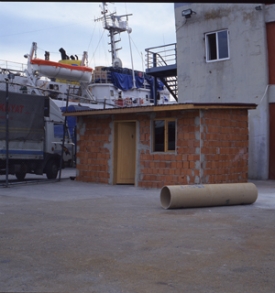
Last week a new book on slum tourism was published by Routledge Publications. Edited by Fabian Frenzel, Ko Koens and Malte Steinbrink, it contains both theoretically oriented papers papers as well as more practical case study examples of slum tourism of seven different countries on four continent. In combination with the special issue of Tourism Geographies on slum tourism that was discussed earlier on slumtourism.net , the book provides a comprehensive overview of the current empirical, practical and theoretical knowledge on the subject.
Within the book a critical review of issues associated with slum tourism is provided, asking why slums are visited, whether they should be visited, how they are represented, who benefits and in what way? As such the work promises to offers new insights to tourism’s role in poverty alleviation and urban regeneration, power relations in contact zones and tourism’s cultural and political implications.
CONTENTS:
1. Slum Tourism – A New Trend in Tourism?
Part 1: Situating Slum Tourism
2. Wanting to Live with Common People? The Literary Evolution of Slumming
3. Beyond ‘Othering’ the Political Roots of Slum-Tourism
4. Slum Tourism: For the Poor by the Poor
5. Competition, Cooperation and Collaboration: Business Relations and Power in Township Tourism
Part 2: Representation of Poverty
6. ‘A Forgotten Place to Remember: Reflections on the Attempt to Turn a Favela into a Museum’
7. Tourism of Poverty: The Value of Being Poor in the Non-Governmental Order
8. Negotiating Poverty: The Interplay Between Dharavi’s Production and Consumption as a Tourist Destination
9. Reading the Bangkok Slum
Part 3: Slum Tourism and Empowerment
10. Favela Tourism: Listening to Local Voices
11. Slum Tourism and Inclusive Urban Development: Reflections on China
12. Poverty Tourism as Advocacy: A Case in Bangkok
13. Curatorial Interventions in Township Tours: Two Trajectories Conclusion
14. Keep on Slumming?

